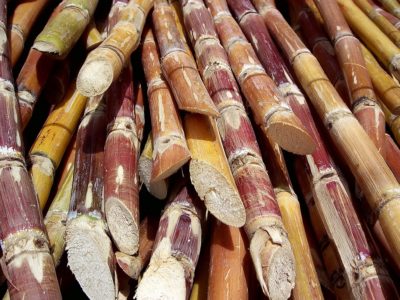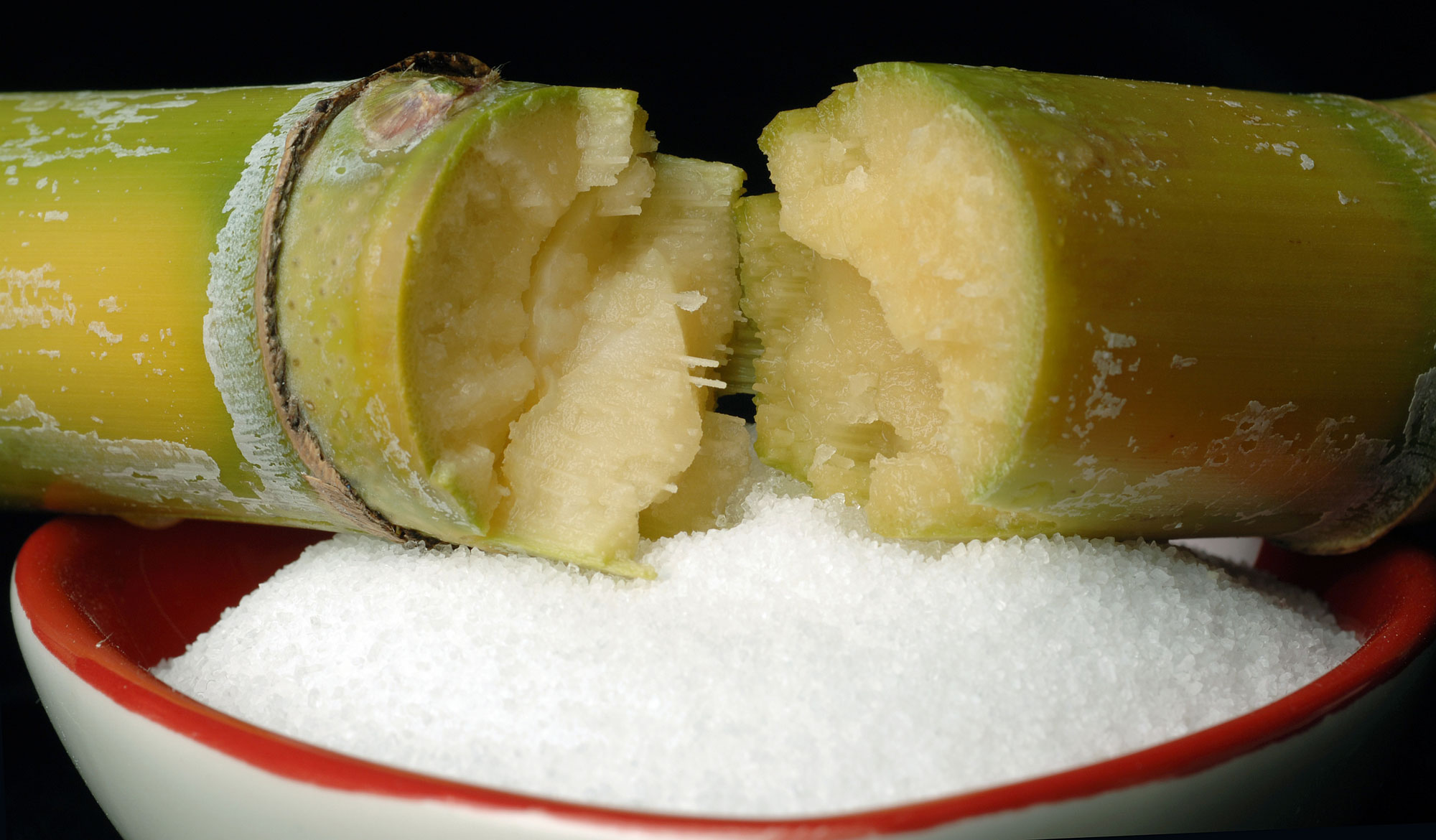The Difference Between Sugar and Cane: Understanding the Basics
The Difference Between Sugar and Cane: Understanding the Basics
Blog Article
Exploring the Perks of Walking Stick Sugar Handling Chemicals for Lasting Practices
The integration of specialized processing chemicals in cane sugar manufacturing offers a compelling chance for progressing sustainable techniques within the sector. These chemicals not only improve extraction effectiveness and product clearness however likewise contribute to significant decreases in source consumption and environmental impact.

Review of Walking Cane Sugar Processing
Cane sugar handling entails a series of detailed actions made to remove and fine-tune sucrose from sugarcane. This procedure begins with gathering the sugarcane, which is normally done by reducing the stalks close to the ground. sugar and cane. When collected, the walking stick is transported to a handling facility, where it undertakes cleaning and shredding to prepare it for juice removal
The next step involves squashing the shredded cane to release the juice, which includes liquified sucrose in addition to different pollutants. This juice is then clarified, typically with home heating and the addition of lime, to eliminate strong impurities and acquire a more clear fluid. The made clear juice is ultimately evaporated to focus the sugar content, resulting in a syrup.
The raw sugar is further improved via processes such as washing and drying, inevitably generating the final item that is suitable for usage. Each step in this considerable process is important for making sure top notch cane sugar, highlighting the intricacy and precision intrinsic in sugar production.
Duty of Processing Chemicals

The use of processing chemicals is essential to the effective extraction and purification of sucrose during cane sugar manufacturing. These chemicals serve numerous features, consisting of enhancing the clearness of juice, optimizing extraction prices, and helping with the elimination of contaminations. Secret processing chemicals consist of phosphoric acid, which helps in the information process, and calcium hydroxide, which counteracts acidity and aids in the precipitation of impurities.
Furthermore, processing chemicals can enhance the total yield of sugar by ensuring optimum sucrose extraction from the walking stick. Enzymatic treatments are likewise getting prestige, as they can break down complicated carbohydrates into fermentable sugars, thus boosting effectiveness. The application of these chemicals not only simplifies the production processes yet also makes sure that the resulting sugar fulfills rigid quality requirements.
Additionally, the function of processing chemicals includes boosting functional performance by decreasing the energy and water required throughout processing. This not just adds to set you back financial savings however likewise lines up with broader sustainability objectives within the sugar industry. By maximizing the function and recognizing of these chemicals, manufacturers can improve production effectiveness while maintaining product high quality and safety standards.
Ecological Benefits
Lasting sugar production not only enhances functional effectiveness however likewise offers considerable ecological advantages that add to a much healthier ecological community. The use of handling chemicals designed for sustainability assists lessen the ecological footprint of sugar production. These chemicals often allow the decrease of hazardous by-products, cultivating a cleaner manufacturing process that secures regional waterways and soil go now quality.
Additionally, lasting practices in walking cane sugar handling improve biodiversity. By reducing chemical runoff and pollutants, these approaches protect habitats and promote the wellness of surrounding flora and animals. The application of environmentally friendly chemicals frequently brings about better source administration, as they can promote making use of organic waste products as plant foods, thus shutting the nutrient loophole and enriching the soil.
Inevitably, these innovations not only support the sugar industry's environmental goals but also straighten with worldwide efforts intended at combating environment modification and advertising sustainability. Embracing these methods is essential for the long-lasting viability of sugar production and the protection of our planet's sources.
Efficiency and Waste Decrease
Applying lasting techniques not just enhances environmental results yet likewise drives effectiveness and waste reduction in walking stick sugar handling. The combination of specialized handling chemicals can substantially enhance manufacturing workflows, decreasing the power and water intake normally connected with standard methods. For instance, enzymes tailored to improve sugar removal can minimize the quantity of raw product needed, causing reduced operational expenses and diminished waste generation.
Additionally, by employing naturally degradable or non-toxic processing representatives, suppliers her response can mitigate the danger of wastewater contamination, bring about minimized therapy demands and additional preserving resources (sugar and cane). Streamlined processes allowed by these chemicals can likewise boost the recuperation rates of sugar, which not only takes full advantage of outcome but additionally lowers the volume of byproducts that call for disposal
In addition, executing real-time tracking technologies in conjunction with processing chemicals permits better control over functional parameters, helping with quick changes that can protect against inefficient discrepancies. On the whole, the critical usage of walking cane sugar processing chemicals advertises an all natural approach to manufacturing performance, straightening financial stability with sustainable methods that profit both manufacturers and the environment.
Enhancing Item Quality

Furthermore, the application of pH regulators can optimize the handling problems, ensuring that the sugar retains its preferable flavor profile while reducing the development of undesirable byproducts (sugar and cane). This not only improves the overall high quality yet likewise extends the rack life of the sugar, fulfilling the demands of both consumers and sellers
Moreover, the implementation of these chemicals is often lined up with lasting practices, lowering the ecological influence of sugar manufacturing while boosting item high quality. By utilizing eco-friendly and green handling representatives, producers can improve their market charm and add to lasting market criteria.

Final Thought
In conclusion, the combination of specialized walking cane sugar processing chemicals offers substantial benefits for sustainable methods within the market. Inevitably, such eco-friendly options line up product high quality with sustainability objectives, developing a structure for reliable and responsible sugar production.
The combination of specialized processing chemicals click this site in cane sugar production presents an engaging opportunity for advancing lasting practices within the industry. Each step in this extensive procedure is crucial for making sure top quality cane sugar, highlighting the intricacy and accuracy inherent in sugar production.
The use of handling chemicals is indispensable to the effective extraction and filtration of sucrose during walking stick sugar production. The use of specialized handling chemicals can substantially improve the purity, color, and preference of sugar products.In final thought, the combination of specialized walking stick sugar handling chemicals supplies significant advantages for sustainable methods within the industry.
Report this page